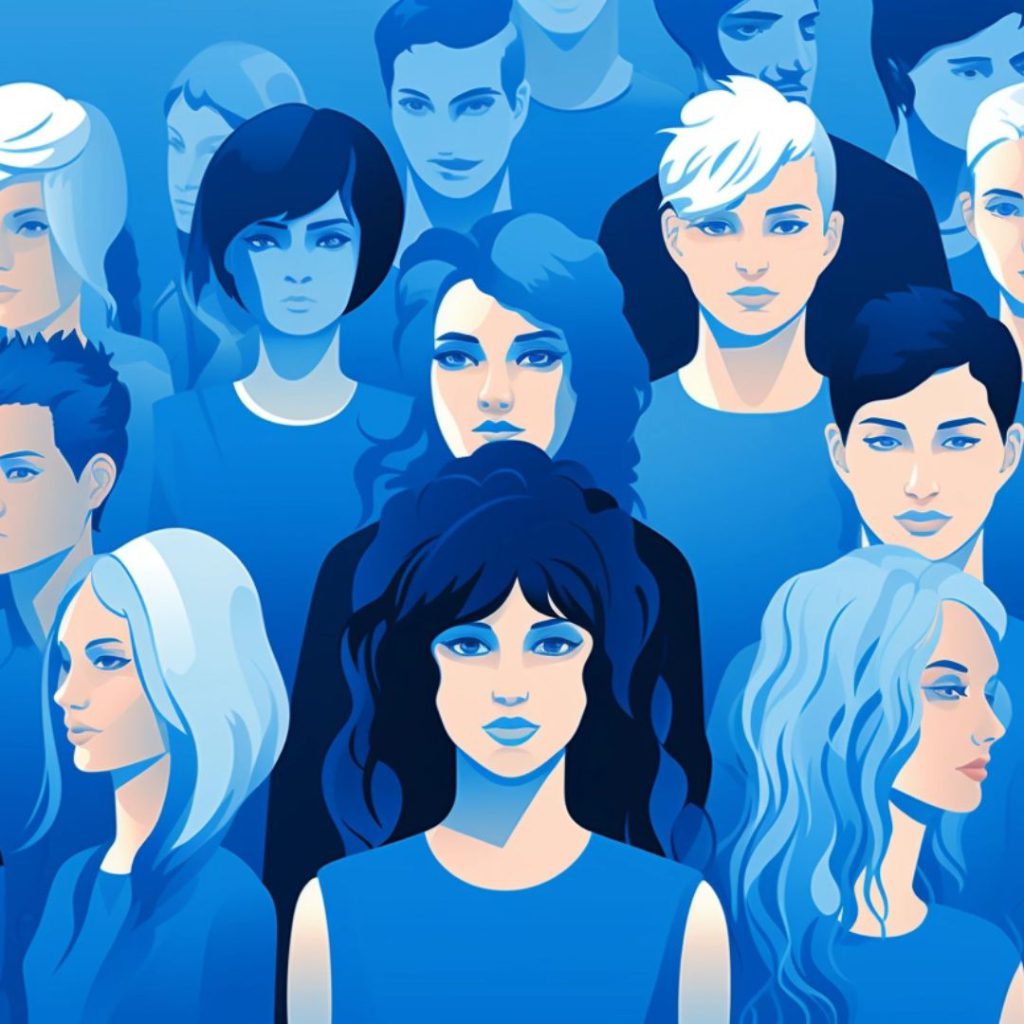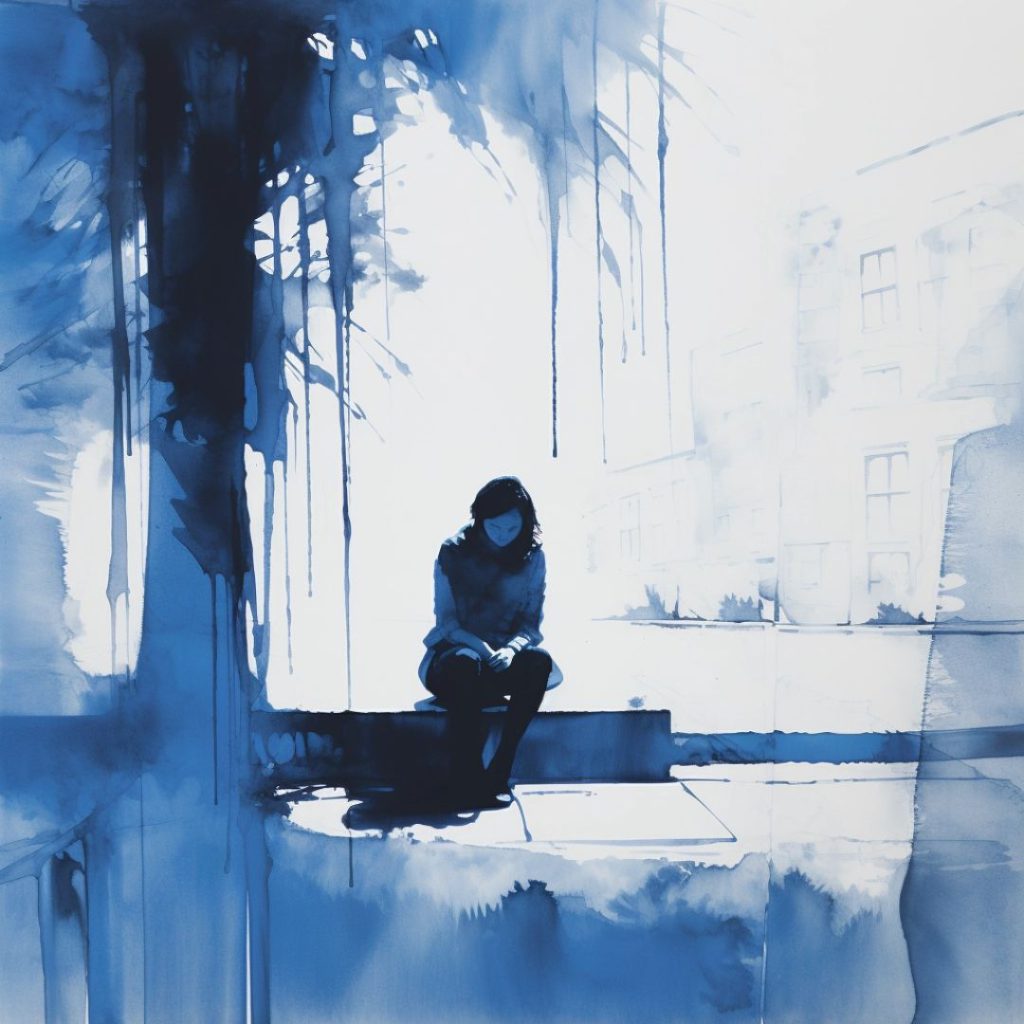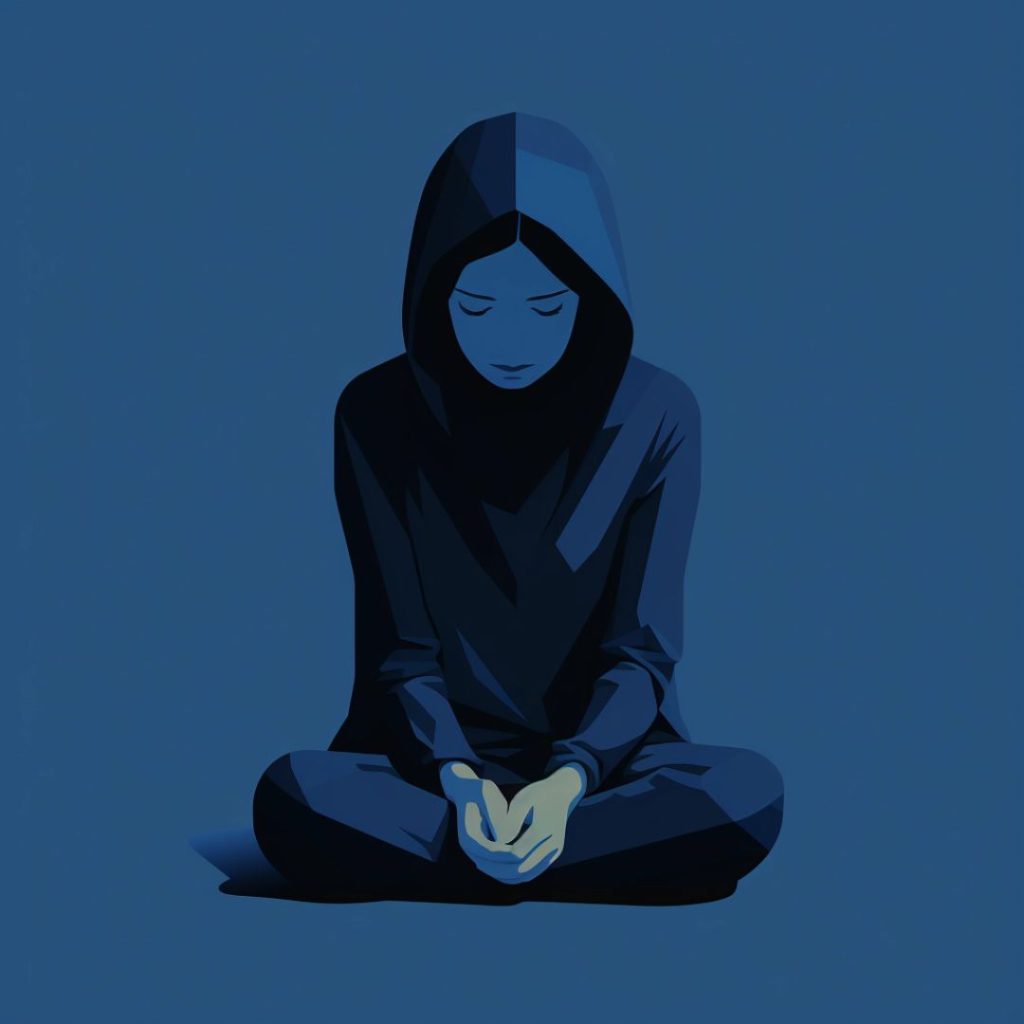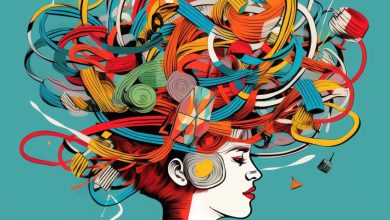January Blues: Why is January Depressing?

The association between January and depression is a topic of increasing interest among researchers and mental health professionals. While the term January blues is not a clinical diagnosis, studies suggest that the beginning of the year may indeed coincide with a higher incidence of mood-related challenges. Factors such as the post-holiday slump, adverse weather conditions, and the pressure to make New Year’s resolutions contribute to a complex interplay that may impact mental well-being during this particular month.
This article aims to delve into the various aspects of the January blues, exploring the environmental, societal, and psychological factors that contribute to this phenomenon while providing insights into coping mechanisms and differentiating between transient blues and more serious mental health concerns.
Seasonal Affective Disorder (SAD)
One of the significant contributors to the January blues is Seasonal Affective Disorder (SAD), a subtype of depression that exhibits a seasonal pattern. SAD typically manifests during the fall and winter months when daylight hours are shorter, and exposure to natural sunlight is reduced. The condition is characterized by a profound impact on mood and energy levels, often leading to feelings of lethargy, sadness, and irritability.
| Related: January, The Mental Wellness Month
As January unfolds, the prevalence of Seasonal Affective Disorder becomes particularly noteworthy. Research indicates that a substantial number of individuals experiencing the January blues may be grappling with SAD. The lack of sunlight during this month can exacerbate the symptoms of SAD, amplifying the overall sense of unease and melancholy. According to studies, a significant percentage of those affected by SAD report heightened distress during the early weeks of the year, reinforcing the association between January and this specific form of depression.
The symptoms of Seasonal Affective Disorder align closely with what is commonly referred to as the “January blues.” Individuals afflicted by SAD may experience persistent feelings of sadness or hopelessness, a noticeable decrease in energy levels, and changes in sleep patterns, including oversleeping or difficulty in falling asleep. Other indicators may include changes in appetite, particularly a craving for carbohydrates, and a diminished interest in activities once enjoyed. Recognizing these key symptoms is crucial in understanding the intersection between the January blues and Seasonal Affective Disorder, shedding light on the unique challenges faced by individuals during this time of the year.
| Suggestion: Blue Monday Mental Health | Myths & Facts
Environmental Factors of January Seasonal Depression

Here are some of the environmental factors that might cause depression in January and February:
Lack of Sunlight and Its Impact on Mood
The January blues are intricately linked to environmental factors, with the foremost being the reduced exposure to sunlight. As the winter season unfolds, daylight hours diminish, leading to a decrease in natural light. This reduction has a profound impact on mood-regulating neurotransmitters, such as serotonin and melatonin, contributing to what is commonly referred to as January depression. The scarcity of sunlight during this period can disrupt circadian rhythms, exacerbating feelings of fatigue, low energy, and an overall sense of despondency.
Cold Weather and Its Influence on Mental Well-being
The chill in the air characteristic of January further compounds the challenges to mental well-being. Cold weather can act as a physical stressor, prompting the body to expend additional energy to maintain warmth. This heightened physiological response can contribute to increased feelings of fatigue and a general sense of discomfort, amplifying the January blues. Moreover, the reluctance to venture outdoors due to the cold may result in social isolation, further impacting one’s emotional state during this season.
Holiday Aftermath and Post-Festive Stress
The aftermath of the holiday season introduces another layer to the environmental factors contributing to feeling depressed in January. The transition from the festive and joyous atmosphere of December to the more routine and potentially stressful aspects of January can be challenging. Post-festive stress may arise from various sources, including financial strain incurred during holiday expenditures, the pressure to meet societal expectations, and the return to work or academic responsibilities. This confluence of factors creates a unique set of environmental stressors, intensifying the emotional challenges associated with the January blues.
| Read more: Thanksgiving and Depression
Societal Expectations

Let’s see how societal expectations can cause feeling depressed in January:
New Year’s Resolutions and Pressure for Change
Feeling down in January is often exacerbated by societal expectations, particularly the tradition of setting New Year’s resolutions. The start of the year is commonly associated with the desire for self-improvement and personal growth. However, the pressure to adopt ambitious resolutions can contribute to unrealistic expectations, leading to a sense of failure and disappointment if goals are not met. This pressure for change, while often well-intentioned, can inadvertently contribute to the pervasive feeling of low in January.
| Related: How to Manage New Year’s Depression
Financial Strain After Holiday Spending
Another societal factor intensifying the feeling down in January is the financial aftermath of holiday spending. The generosity and gift-giving spirit of the holiday season can result in increased financial strain as individuals grapple with credit card bills and expenses incurred during the festivities. The realization of financial responsibilities in the early weeks of the new year can be overwhelming, adding an extra layer to the challenges individuals face during this period. This financial pressure contributes significantly to the overall sense of feeling down in January.
| Also read: What is Financial Self-Care? + Checklist
Return to Work and Academic Stress
The return to work or academic responsibilities after the holiday break is a common source of stress and contributes to the pervasive feeling of low mood in January. The abrupt shift from a more relaxed holiday schedule to the demands of the workplace or academic environment can be jarring. The pressures of meeting deadlines, fulfilling professional or academic obligations, and readjusting to routine can be emotionally taxing. This transition often leaves individuals grappling with the dual challenges of adapting to the demands of daily life while contending with the emotional aftermath of the holiday season. Recognizing and addressing these societal expectations can be pivotal in understanding and managing the feelings of low mood and unease that characterize January for many individuals.
| Related: Depression and Work Performance
Biological and Psychological Factors

Here are some of the biological and psychological factors that can contribute to depression in January:
Chemical Changes in the Brain During Winter
The intertwining of January and depression can be elucidated through the lens of biological factors, particularly the chemical changes that occur in the brain during the winter months. Reduced exposure to sunlight, a hallmark of winter, can disrupt the delicate balance of neurotransmitters like serotonin and dopamine. These chemical alterations play a pivotal role in regulating mood, and their imbalance is associated with the onset of depressive symptoms.
Hormonal Imbalances and Their Role in January Blues
Hormonal imbalances further contribute to the intricate relationship between January and depression. The winter season often coincides with disruptions in melatonin production, a hormone responsible for regulating sleep patterns. The reduction in sunlight exposure can lead to an overproduction of melatonin, contributing to feelings of lethargy and increased sleepiness. Additionally, disturbances in the circadian rhythm may affect the release of cortisol, the stress hormone, amplifying the psychological stressors associated with January blues.
| Also might be interesting: How to Survive Valentine’s Day Depression
Coping with January Blues
Here are some strategies to beat the January blues:
Light Therapy and Its Effectiveness
One effective strategy for beating January blues is the implementation of light therapy. Recognized as a clinically proven treatment for Seasonal Affective Disorder (SAD), light therapy involves exposure to a bright light that mimics natural sunlight. This technique helps regulate circadian rhythms and mitigate the impact of reduced sunlight during the winter months. By exposing oneself to this artificial light for a specified duration each day, individuals can alleviate symptoms associated with the January blues, such as low energy and mood disturbances.
Importance of Maintaining a Healthy Lifestyle
Dealing with January blues necessitates a holistic approach, and maintaining a healthy lifestyle is paramount in this regard. Regular exercise, balanced nutrition, and adequate sleep play pivotal roles in promoting overall well-being. Exercise, in particular, has been shown to release endorphins, the body’s natural mood enhancers, aiding in the reduction of stress and anxiety. Adopting a wholesome lifestyle not only contributes to physical health but also bolsters mental resilience, offering a robust defense against the challenges associated with the post-holiday period.
Seeking Professional Help
For those struggling with persistent and severe January blues, seeking professional help is a crucial step in dealing with the emotional challenges of this month. Mental health professionals, such as therapists or counselors, can provide valuable support and guidance. They can assist individuals in developing personalized coping strategies, offer a safe space for expressing emotions, and explore underlying factors contributing to feelings of distress.
Are you an innovative person?
Do you want to know how you can overcome depression with a creative way?
Discover Art therapy for Depression
Lifestyle Adjustments

Establishing Realistic Goals for the New Year
One of the key ways to beat January blues involves approaching the new year with a realistic mindset. Rather than succumbing to societal pressures for drastic change, individuals can benefit from setting achievable goals. These goals should be specific, measurable, and tailored to personal aspirations. By focusing on realistic milestones, individuals can cultivate a sense of accomplishment and motivation, mitigating the feelings of inadequacy that may contribute to the January blues.
Incorporating Self-Care Routines into Daily Life
In the quest to find effective ways to beat January blues, incorporating self-care routines becomes a cornerstone of mental and emotional well-being. Taking time for oneself, whether through relaxation techniques, mindfulness practices, or engaging in activities that bring joy, can significantly impact mood and resilience. Prioritizing self-care is an essential aspect of navigating the challenges of January, fostering a positive and nurturing environment amidst the post-holiday transition.
| Related: Foods for Managing depression
Building a Support System
Building a robust support system is among the most effective ways to beat January blues. Connecting with friends, family, or support groups provides a valuable outlet for expressing feelings and sharing experiences. Social support can act as a buffer against the emotional strains of the post-holiday period. By fostering open communication and seeking understanding from those around, individuals can navigate the January blues with a sense of community and shared resilience.
January Blues vs. Clinical Depression
It is crucial to acknowledge the temporary nature of the January blues. The term itself implies a seasonal and transient experience, often linked to specific environmental, societal, and psychological factors that characterize the post-holiday period. Recognizing the January blues as a natural response to the challenges of this particular month helps individuals understand that these feelings are likely to subside as the season progresses. This understanding is fundamental in distinguishing between a passing phase of low mood and more persistent mental health concerns.
While January blues are often temporary and situational, it’s essential to be vigilant and distinguish them from clinical depression, which is characterized by more persistent and severe symptoms. Signs of clinical depression include prolonged feelings of sadness, hopelessness, and a noticeable loss of interest in activities that were once enjoyable. Changes in sleep patterns, appetite, and concentration, as well as persistent fatigue, can also be indicative of clinical depression. It is important to seek professional help if these symptoms persist beyond the transient nature associated with the January blues.
Promoting open conversations about mental health is instrumental in breaking the stigma surrounding both the January blues and clinical depression. Encouraging individuals to share their feelings and experiences fosters a supportive environment where emotional struggles can be acknowledged and addressed. By normalizing discussions about mental health, we contribute to a society where seeking help is seen as a proactive and positive step towards well-being. Encouraging open conversations also plays a vital role in reducing the barriers to seeking professional assistance when needed, creating a culture of empathy and understanding.
Uncover…
HealWiser’s Last Piece of Advice
In navigating the complexities of January blues, understanding the seasonal and situational nature of these emotions is crucial. From environmental and societal pressures to biological and psychological factors, a multifaceted approach is essential.
Seeking professional help, fostering a support system, and engaging in self-care are vital steps. If the January blues persist or intensify, reaching out to mental health professionals ensures appropriate guidance and intervention.
Ultimately, by acknowledging, addressing, and implementing coping strategies, individuals can proactively overcome the January blues and embark on a positive trajectory for the rest of the year.
Sharing your experience can provide valuable insights and emotional support. So…
…share your story with HealWiser and others in the comments section below this post.






